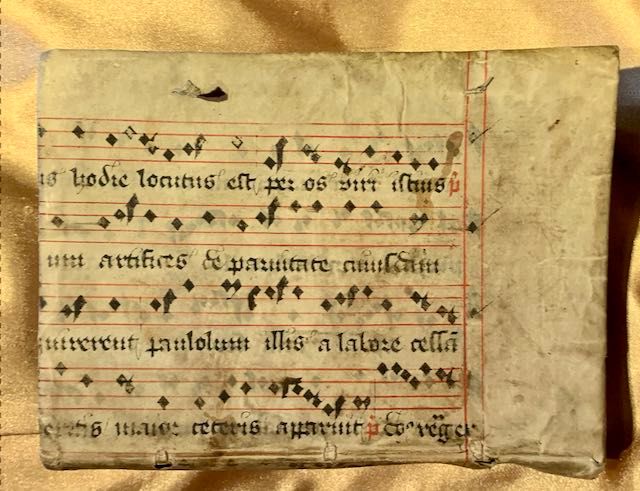

About 20 years after the invention of printing the printed book was accepted by almost all readers. It has been said that Federico of Montefeltro, lord of Urbino did not allow any printed book in his magnificent library but recent research has proved this wrong.
There were book lovers who hated the newfangled and ugly books that were churned out in their thousands by illiterate printers, but most people loved printed books. They were cheaper but, far more important, there were many. It did not take long for manuscripts to become old-fashioned. Beautiful typography had superseded the hollow printed imitations of manuscripts by the end of the 15th century.
What shall we do with all these manuscripts, once expensive, now outdated and no longer in fashion, even if they were written on parchment? In Spain they were used to make flares, but more found a new role in the book trade. They were used as book covers, and pasted on the back of quires to keep them together. And this is were we find them today. Most fragments of texts are not that interesting but from time to time an unknown text is found, a (part of) a poem, a few lines of a novel.
Source: ☞